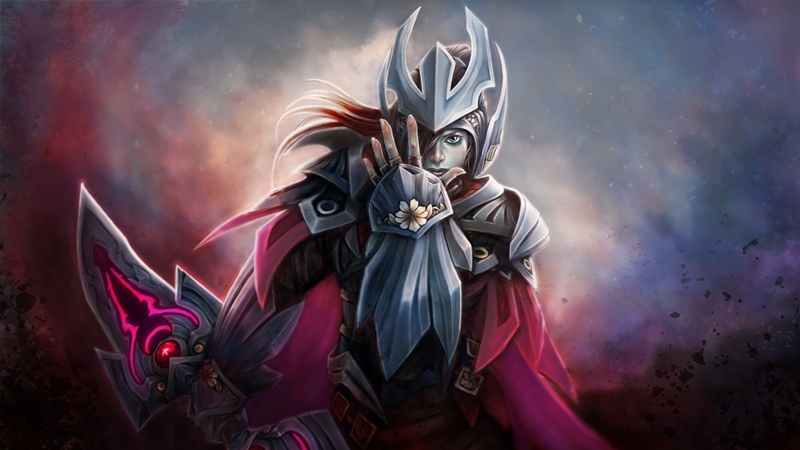During Valve’s 2017 The International Dota 2 tournament OpenAI showed off a bot powered by artificial intelligence that could play Dota.
The bot was forced to play a one versus one match against Dota veteran and superstar player Danil “Dendi” Ishutin. Dendi lost that match but the bot was eventually defeated because, unlike a bot, humans can bend the rules.
Now OpenAI has announced that it has a new bot – OpenAI Five – and it’s ready to face five human players. Given what we saw last year, we don’t have much confidence in the humans.
Why? Well for one the AI’s brain is huge.
“OpenAI Five plays 180 years worth of games against itself every day, learning via self-play. It trains using a scaled-up version of Proximal Policy Optimization running on 256 GPUs and 128,000 CPU cores — a larger-scale version of the system we built to play the much-simpler solo variant of the game last year,” Open AI wrote in a blog post.
We’ve seen AI play humans in games of skill before, most notably Chess and Go, but Dota is a far more complex game.
Chess ends in around 40 moves, Go before 150 moves have completed but, according to the firm, OpenAI five will execute approximately 20 000 moves.
To add even more complexity some of those 20 000 moves could have a far reaching effect on the game. Using a town portal or buying back from death unnecessarily could ultimately result in a loss. Simply put, the bot needs to make decisions based on a “best guess”.
The bot will also need to account for the actions a hero can execute, the map which changes incrementally (runes, trees being destroy etc.), and perhaps the most complex element, patches.
Dota 2 gets updates fortnightly and the bot needs to learn how this updates impact its style of play.
OpenAI Five will take part in an exhibition match ahead of The International on 28th July which will be streamed live on Twitch.
If you aren’t a fan of Dota but are interested in AI we suggest giving OpenAI’s blog post about this topic a read, it’s a fascinating look behind the scenes.

